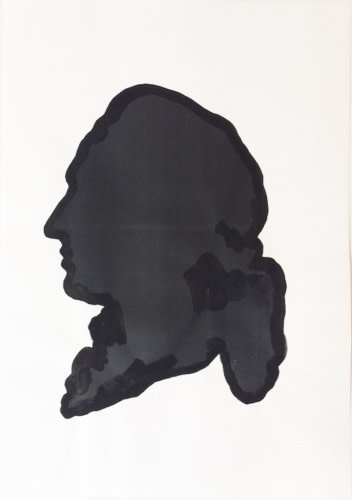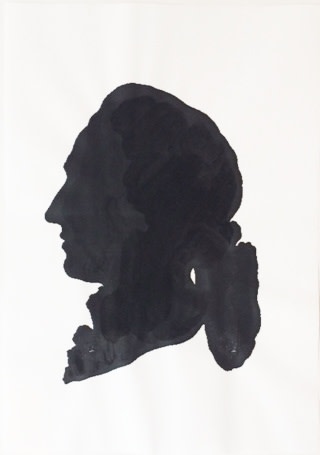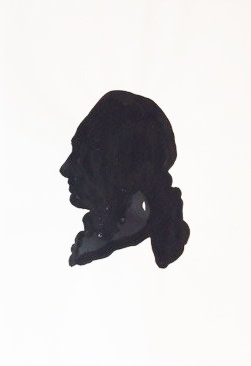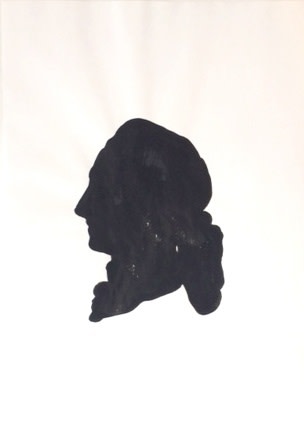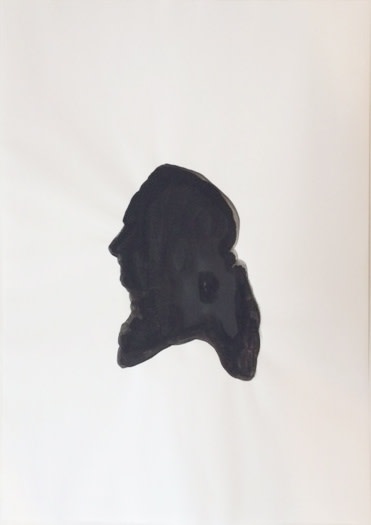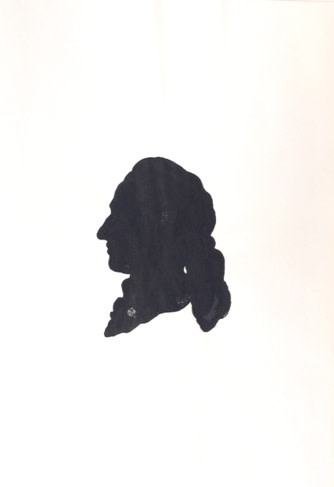MARIA BARNAS
THEN, THEN
07.06 – 12.07.2014
In the Bakery, Annet Gelink Gallery is proud to present THEN, THEN by Maria Barnas (Hoorn, 1973). Artist, poet and writer Maria Barnas has created an intriguing show that takes as its starting point the dubious act of describing and questions whether it is really possible to describe anything and what we create when we do so. Working with the concept of representation, THEN, THEN looks at how originals and reproductions are transformed by technology, forming an ever-growing array of realities. Barnas builds narratives and alternative histories around images and what is presented as factual. An image, like a text, is not a closed container. It rarely depicts or describes what it sets out to. Barnas delves into the space between intention and the many possibilities of interpretation.
On view are three works that in different ways deal with the flexibility and fallibility of descriptions and that present viewers with the complexity and the pitfalls in creating and understanding representations. The film from which the show derives it’s title THEN, THEN (2014), examines the way in which we create our own past. To address this issue Barnas uses the re-arrangements and variations of the Goethe Haus in Frankfurt, made by various curators over the years, presented each time as the authentic situation in which Goethe wrote his novels. The film also plays with the way that technology, in the form of photographs and digitalization, has formed a range of descriptions and realities that are all both concrete and virtual. The two other works on display, Appearance (2013) and Versions of Goethe (2014), further explore the tension between fixing a new reality in a description and the actual reality that is being overwritten. Both works look at the interplay between analogue and digital technology in forming the frameworks with which we aim to represent and conceptualize reality. In the reworking of original images, with Appearance a daguerreotype and for Versions of Goethe digitally created images of Goethe, Barnas uses the fraying edges of representation -both visually as in content- and presents us with altered versions of the same image that each seem to demand originality. It is exactly in their difference that they come alive.
Maria Barnas works with text and image. Both in her written work and in her visual work, she uses the act of describing as a starting point, working with the shaping and distorting qualities of description. What can go wrong, trying to grasp what is right under our nose? What do the edges of understanding look like? In THEN, THEN Barnas suggests that it is at these edges that reality begins.
Barnas studied at the Rietveld Academy, Amsterdam and at the Rijksakademie van Beeldende Kunsten, Amsterdam. She, amongst others, wrote two novels and received the C. Buddingh’ prijs and the J.C. Bloemprijs for her writing. She was a columnist for the NRC Handelsblad and currently writes for amongst others Frieze, De Groene Amsterdammer, Vrij Nederland and De Gids.




